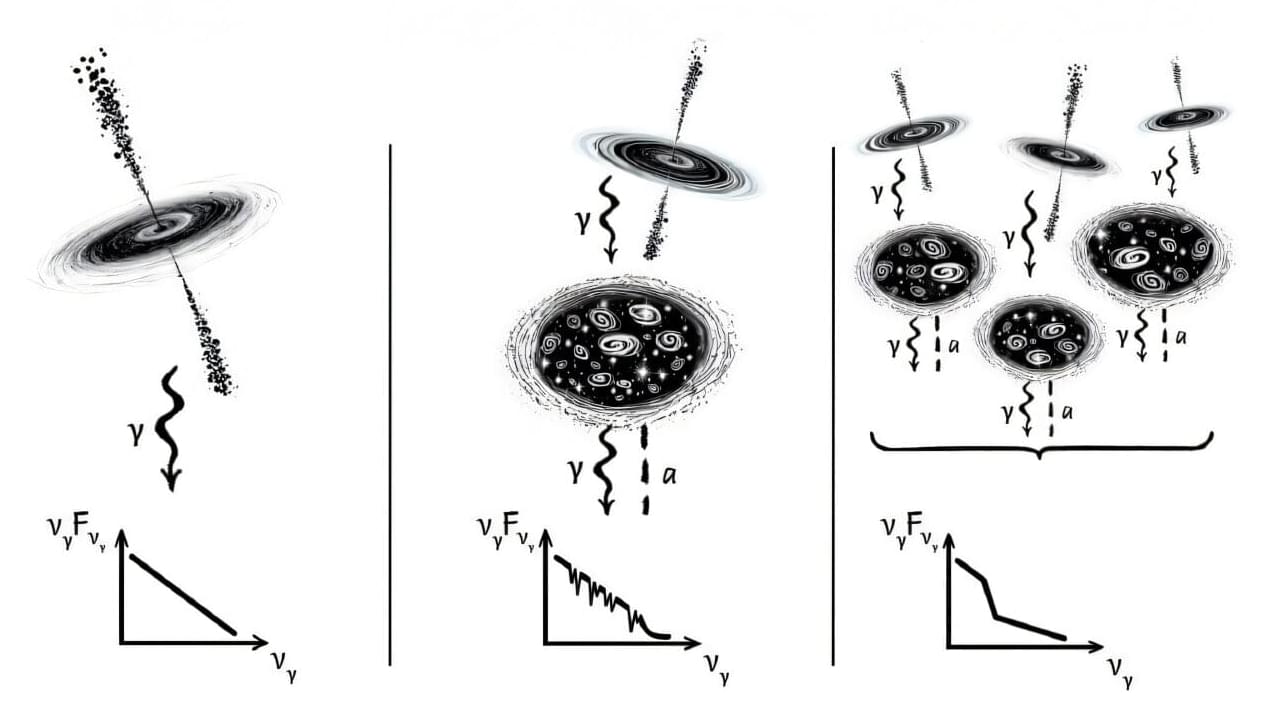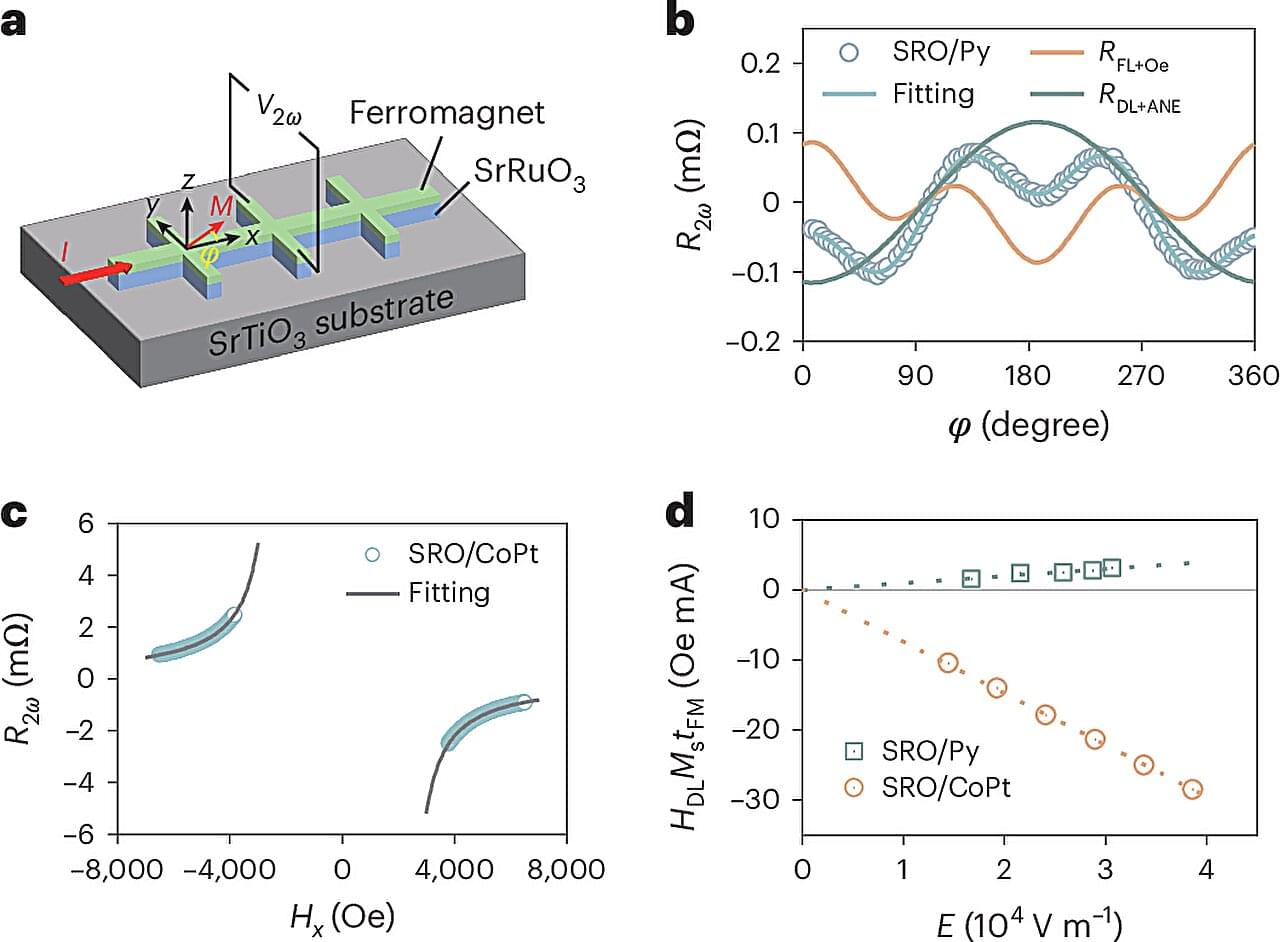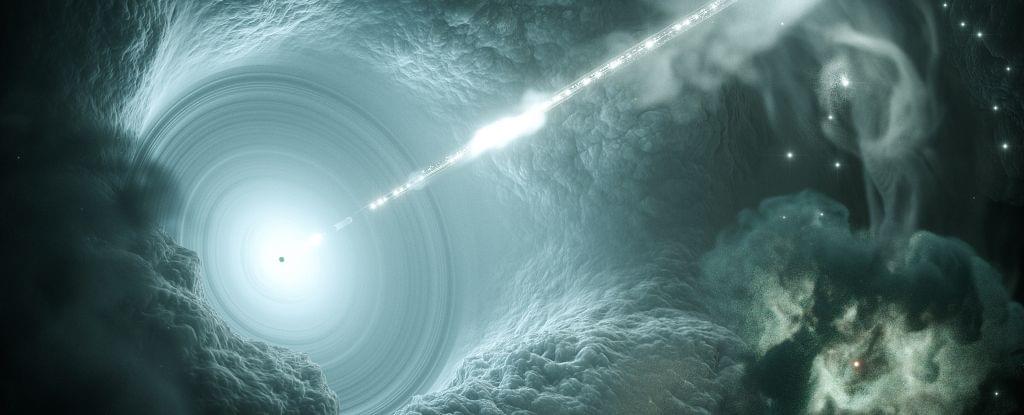Physicists from the University of Copenhagen have begun using the gigantic magnetic fields of galaxy clusters to observe distant black holes in their search for an elusive particle that has stumped scientists for decades.



The reliable engineering of quantum states, particularly those involving several particles, is central to the development of various quantum technologies, including quantum computers, sensors and communication systems. These collective quantum states include so-called Dicke and Greenberger-Horne-Zeilinger (GHZ) states, multipartite entangled states that can be leveraged to collect precise measurements, to correct errors made by quantum computers and to enable communication between remote devices leveraging quantum mechanical effects.

Scientists have turned a longstanding challenge in electronics—material defects—into a quantum-enhanced solution, paving the way for new-generation ultra-low-power spintronic devices. Spintronics, short for “spin electronics,” is a field of technology that aims to go beyond the limits of conventional electronics.
Traditional devices rely only on the electric charge of electrons to store and process information. Spintronics takes advantage of two additional quantum properties: spin angular momentum, which can be imagined as a built-in “up” or “down” orientation of the electron, and orbital angular momentum, which describes how electrons move around atomic nuclei.
By using these extra degrees of freedom, spintronic devices can store more data in smaller spaces, operate faster, consume less energy, and retain information even when the power is switched off.


Rising concentrations of carbon dioxide in the upper atmosphere will change the way geomagnetic storms impact Earth, with potential implications for thousands of orbiting satellites, according to new research led by scientists at the U.S. National Science Foundation National Center for Atmospheric Research (NSF NCAR).
Geomagnetic storms, caused by massive eruptions of charged particles from the surface of the sun that buffet Earth’s atmosphere, are a growing challenge for our technologically dependent society. The storms temporarily increase the density of the upper atmosphere and therefore the drag on satellites, which impacts their speed, altitude, and how long they remain operational.
The new study used an advanced computer model to determine that the upper atmosphere’s density will be lower during a future geomagnetic storm compared with a present-day storm of the same intensity. That’s because the baseline density will be lower, and future storms won’t increase it to levels as high as what occurs with storms currently.

Just as overlapping ripples on a pond can amplify or cancel each other out, waves of many kinds — including light, sound and atomic vibrations — can interfere with one another. At the quantum level, this kind of interference powers high-precision sensors and could be harnessed for quantum computing.
In a new study published in Science Advances, researchers at Rice University and collaborators have demonstrated a strong form of interference between phonons — the vibrations in a material’s structure that constitute the tiniest units, or quanta, of heat or sound in that system. The phenomenon where two phonons with different frequency distributions interfere with each other, known as Fano resonance, was two orders of magnitude greater than any previously reported.
“While this phenomenon is well-studied for particles like electrons and photons, interference between phonons has been much less explored,” said Kunyan Zhang, a former postdoctoral researcher at Rice and first author on the study. “That is a missed opportunity, since phonons can maintain their wave behavior for a long time, making them promising for stable, high-performance devices.”
Rice researchers have demonstrated a form of quantum interference two orders of magnitude greater than any previously reported.

In everyday life, continuously doing work on a system is found to heat it up. Rubbing your hands together warms them. Hammering a piece of metal makes it hot. Even without knowing the equations, we learn from experience: driving any system, whether by stirring, pressing, or striking, leads to a rise in the system’s temperature.
The same expectation holds for microscopic quantum systems: when we continuously excite a many-particle system, especially one with strong particle-particle interactions, we expect it to absorb energy and to heat up. But is this always the case, in particular at the quantum level?
No, says an experiment carried out by a team from Hanns-Christoph Nägerl’s group at the Department of Experimental Physics of the University of Innsbruck. The research has been published in Science.



The verdict is in. The detection of a cosmic neutrino that smashed into Earth with an unprecedented energy level is not a glitch or an error, but a real detection of a real particle.
In February 2023, a detector called KM3NeT, located deep under the Mediterranean Sea, picked up a signal that seemed to indicate a neutrino with a record-shattering energy of 220 petaelectronvolts (PeV). For reference, the previous record was a mere 10 PeV.
Now, an exhaustive analysis of all the data on and around the event, designated KM3-230213A, not only supports the conclusions that the signal was caused by a 220-PeV neutrino, but adds to the mystery about where the heck in the Universe it came from.